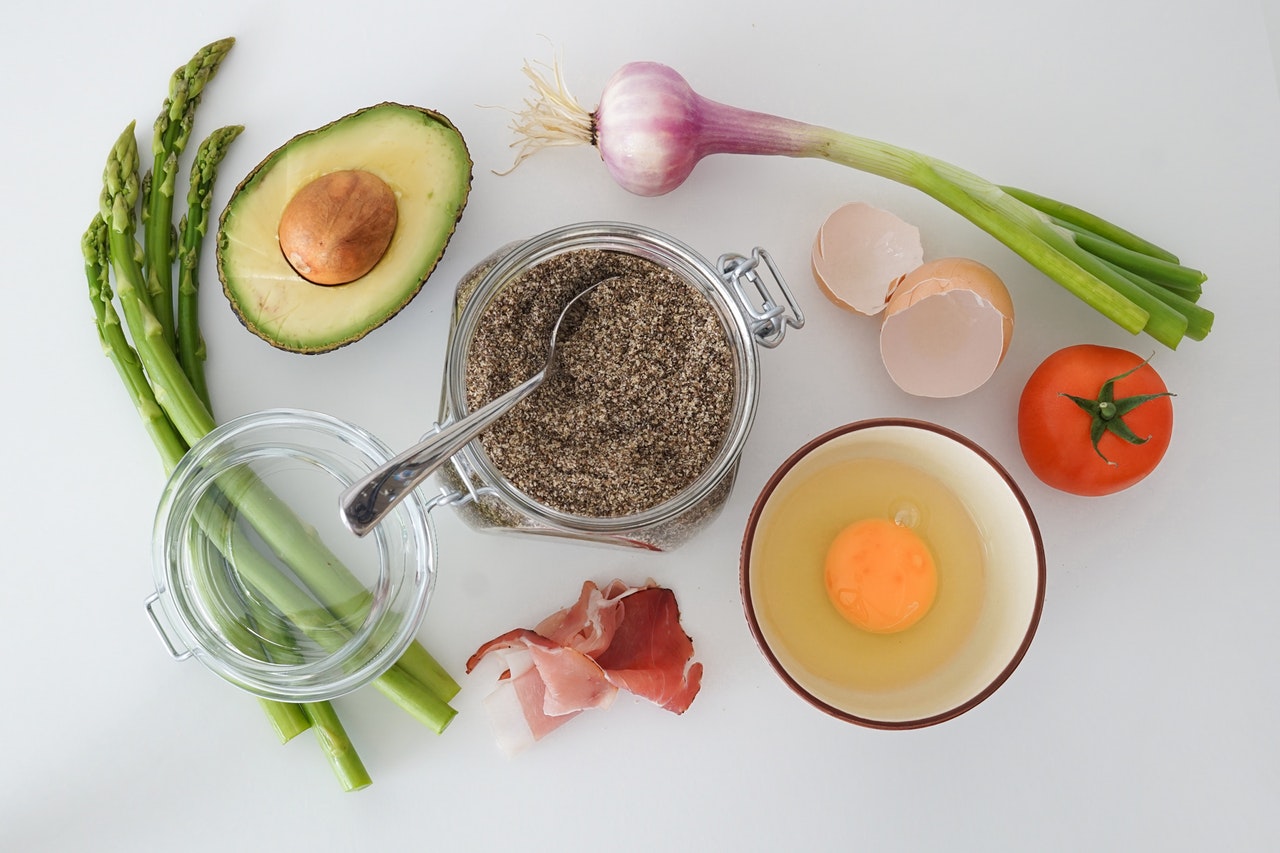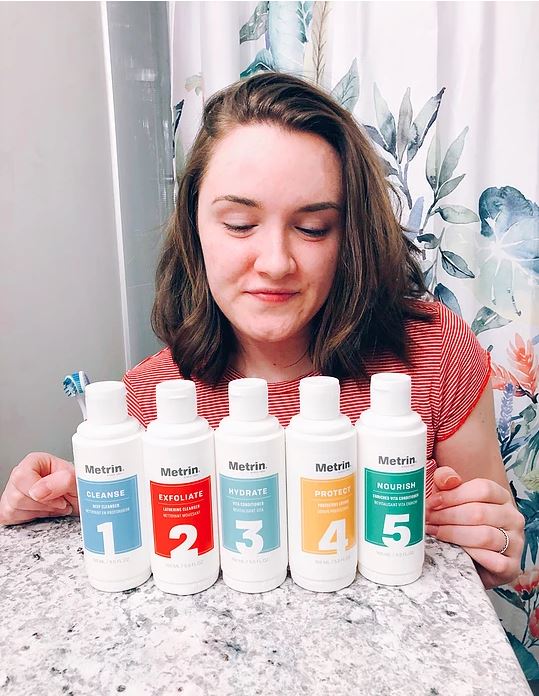How Essential Fatty Acids Keep Your Skin Healthy
Research shows a what you put into your body is just as critical to maintaining healthy skin functions and your appearance as what you put on your skin. Among the best supplements for better skin are certain types of fatty acids (found in food) that are known to be beneficial to your health.
Essential fatty acids are called “essential” because our body needs them but can’t make them so we need to supply our body with this nutrient through the foods we consume.
There are 2 types of essential fatty acids:
- alpha-linolenic acid: an Omega-3 fatty acid
- linoleic acid: an Omega-6 fatty acid
Non-essential fatty acids are fatty acids that our body still needs but as our body can manufacture these from food we ingest (thus they are “non-essential”). These fatty acids are Omega-5, 7 and 9 fatty acids.
Essential Fatty Acids
Essential fatty acids contribute to the health and regulation of the cell membrane and act as the barrier to harmful environmental agents. Cell membranes also are the means by which nutrients are absorbed and how waste exits the body.
Basically, essential fatty acids help keep water and vital nutrients in your cells and let out bad things out including combating oily skin.
This membrane also plays a role in the cell’s ability to hold water. For your skin, a healthier cell barrier translates to moister, softer, more supple skin.
Omega-3 fatty acids also help reduce the body’s production of inflammatory compounds playing a major role in driving the aging process.
Omega Fatty Acids
Our bodies are able to synthesize most of the fat we need. Two essential fatty acids, linoleic and linolenic acid, must be obtained from what we eat. These are used to build specialized fats called Omega-3 and Omega-6 fatty acids that contribute to the overall health and functioning of all tissues in the body – including your skin.
It’s important to consume foods rich in both. However, most North American diets feature a much higher ratio of Omega-6 fatty acids than Omega-3 fatty acids. Unfortunately, that off-balance actually inhibits the function of Omega-3s. This is largely a result of relying on the consumption processed foods high in fat.
In order to get the maximum Omega-3 benefits, it’s important to try to maintain a 1-to-1 ratio of Omega-6 to Omega-3 consumed as closely possible. This is the optimum range for maintaining healthy skin, tissue, and reducing the risk of many various chronic diseases.

Part of Your Diet
Most diets already feature higher than necessary levels of Omega-6 fatty acids, so the Omega-3 fatty acids are the ones that you need to keep in mind in order to get those essential fatty acid benefits.
The body isn’t able to create essential fatty acids, so it’s very important to keep a balanced diet to consume enough of theme to keep your body working at its best.
Incorporating these foods into your diet will help increase the overall health and appearance of your skin.
Other Benefits
Omega fatty acids act as necessary building blocks of the skin’s surface layers responsible for smoother, more even, healthier, and often younger looking skin.
Other visible benefits to the skin include:
- reinforcing smoothness on the skin’s surface
- increasing hydration
- calming signs of external stressors
- eliminating signs of flaky or dehydrating skin
- strengthening skin against any environmental damage
Balance is the key to your healthy and skin. Your body needs to work as a finely tuned machine with the right ingredients. You can also find Omega-3 essential fatty acids in topical skin care products.
A good skin care routine, balanced diet, and other healthy everyday habits are a winning formula for maintaining your long-term health and achieving better skin.







